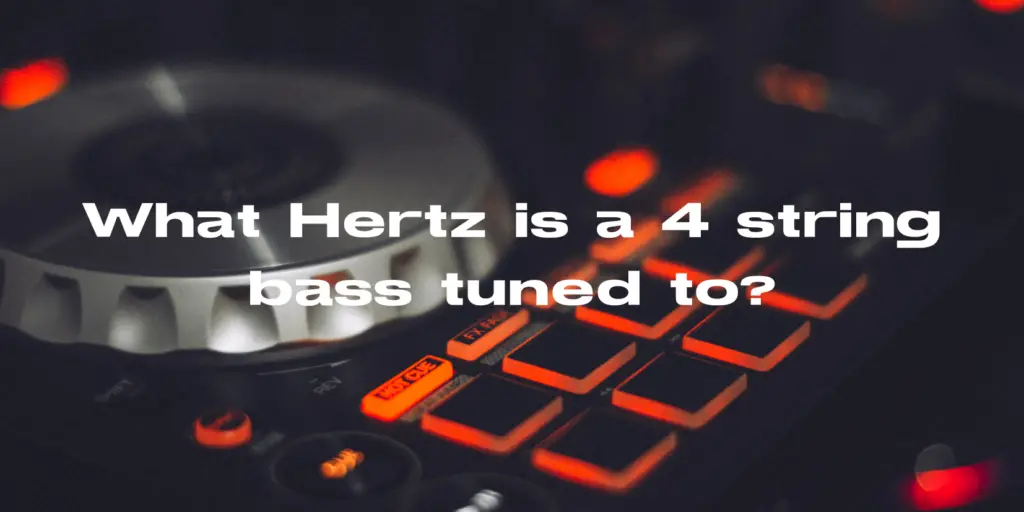Tuning a bass guitar is a fundamental aspect of playing and achieving the desired tonal range for a particular style of music. Four-string bass guitars, also known as “four-stringers,” are commonly tuned to specific Hertz (Hz) frequencies, and understanding this tuning is essential for bassists. In this article, we’ll explore the standard tunings for a 4-string bass and the corresponding Hertz frequencies.
Standard Tuning for a 4-String Bass:
A standard 4-string bass guitar is typically tuned to the following pitches, from the thickest (lowest-pitched) string to the thinnest (highest-pitched) string:
- G String: The thickest string on a 4-string bass is tuned to the note G1, which has a fundamental frequency of approximately 48.999 Hz. This is the lowest note on the bass guitar.
- D String: The next string is the D string, tuned to D2. Its fundamental frequency is approximately 73.416 Hz, which is one octave higher than the G string.
- A String: The A string is tuned to A2, with a fundamental frequency of around 110.00 Hz. It’s one octave higher than the D string.
- E String: The thinnest and highest-pitched string on a 4-string bass is the E string, tuned to E3. Its fundamental frequency is approximately 164.81 Hz, one octave higher than the A string.
These notes represent the standard tuning for a 4-string bass guitar. This tuning is the most common and provides a solid foundation for playing various styles of music, including rock, funk, jazz, and more.
Alternate Tunings:
While standard tuning is the most widely used, bassists often experiment with alternate tunings to achieve specific tonal characteristics or to accommodate different musical genres. Some examples of alternate bass tunings include drop D tuning (D1-A2-E2-G2) and half-step down tuning (Eb1-Ab2-Db2-Gb2). The Hertz frequencies for these alternate tunings are adjusted accordingly.
Tuning a bass guitar accurately is essential for achieving the desired sound and maintaining musical harmony within a band or ensemble. Bassists often use electronic tuners or reference pitches to ensure their instruments are in tune. Understanding the relationship between the standard tuning notes and their corresponding Hertz frequencies is a valuable skill for any bass player, as it provides the foundation for creating music that is both in tune and in harmony with other instruments.


